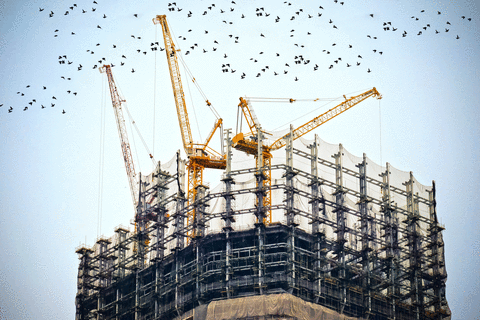Consciousness and Prospects of Autoclaved Aerated Concrete (AAC) Blocks for Wall Construction: Comparative Study Nigeria and South Africa
DOI:
https://doi.org/10.15641/jcbm.6.2.1252Abstract
Autoclaved Aerated Concrete Block (AACB) is a viable, sustainable walling material for building projects but has not been given the attention it deserves in developing countries. To increase the usage of AACB on building projects, this study examines the consciousness and prospects for its use in Nigeria and South Africa. The objectives are (i) to evaluate the degree of knowledge about AACB, (ii) the variants in Nigeria and South Africa, and to assess the likelihood of adopting AACB in Nigeria—the study centres on Lagos and five provinces in South Africa. Lagos was chosen in Nigeria because the State is the only place in Nigeria where AAC blocks have been used. A total of 145 questionnaires were administered to professionals who had been involved in AAC projects. In contrast, 17 South African respondents familiar with AACB in construction projects were polled online using Google Forms. Convenience and snowball sampling procedures were used for construction professionals in both countries. Data were analysed using Statistical Package for the Social Sciences (SPSS) version 23.0. Statistics such as percentages and mean scores were explored using analysis of variance (ANOVA) and the Mann-Whitney U test. Findings indicate that construction professionals in Nigeria know very little about 19 of the 20 documented AACBs. However, the South African professionals are very knowledgeable about AACB grade 42.5 OPC and AACB of AP/RHA and fully aware of AACB with grade 52.5 OPC, though they know nothing about the Bamboo Leaf Ash (BLA) AACB. This means that Nigerian professionals have a moderate stance on using AACB. The study concludes that South African Builders are more aware of AACB and its variants than Nigeria. This implies that AACB manufacturing in Nigeria would not thrive in the construction market due to poor patronage since patronage is directly related to product awareness. The study, therefore, suggests that building construction professionals should increase their understanding of AACB through continuous development training, workshops, and seminars on environmentally friendly building materials. Another suggestion is for consultants, clients, developers, contractors, governments, and research institutions to continuously conduct research and embrace findings on the AACB and new building construction materials regarding usage, wear, tears and durability.
Downloads
Downloads
Published
How to Cite
Issue
Section
License
Copyright (c) 2023 Olatunji Oladiran, D.R Simeon

This work is licensed under a Creative Commons Attribution 4.0 International License.
The JCBM is an open access journal, and the authors (copyright owners) should be properly acknowledged when works are cited. Authors retain publishing rights without any restrictions.




